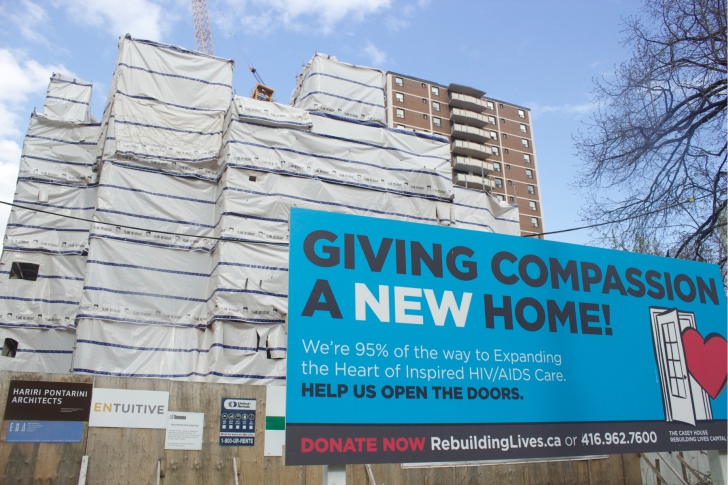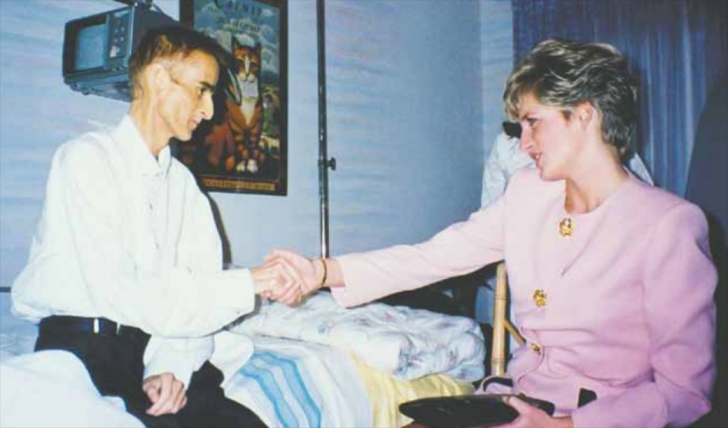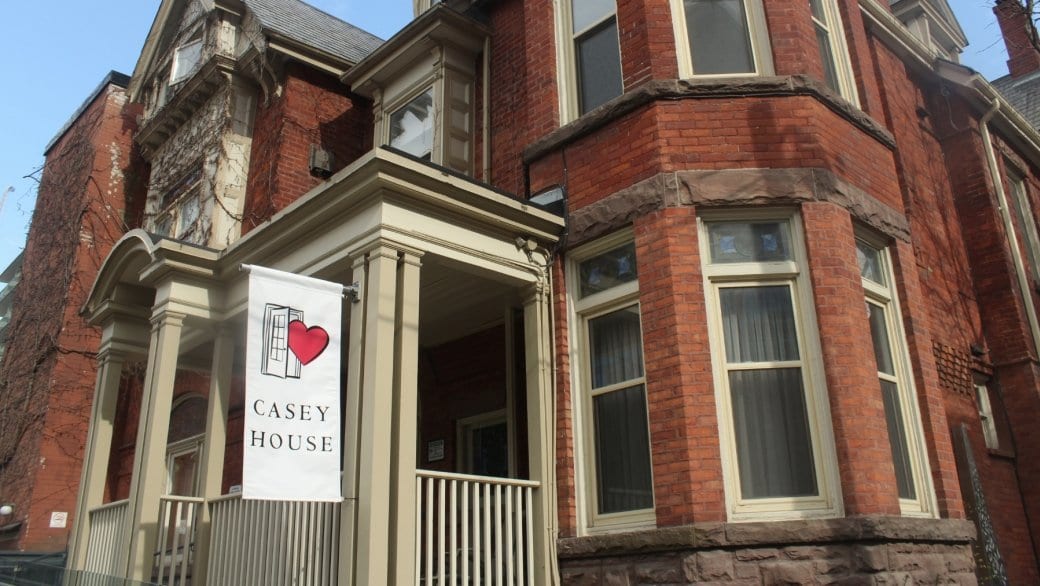A pillar of Toronto’s HIV support community is looking for the public to chip in to help it get past the finish line for funding its new facility.
Casey House, Canada’s first stand-alone HIV/AIDS healthcare facility, is $500,000 shy of its $10 million capital campaign, which was launched in 2010.
“We are extremely pleased to be so close to achieving our goal, but Casey House clients deserve more,” writes Jaime Watt, chair of the capital campaign, in a release. “That’s why it is important for us to realize our dream of giving compassion a new home.”
The funding will go towards financing Casey House’s new Jarvis Street facility, as well as expanding its programming to bring a variety of HIV/AIDS services under a single roof.
The new 58,000 square-foot facility will incorporate the William R Johnston House at 571 Jarvis St, also known as The Grey Lady, which was acquired by Casey House in 2000.

(Casey House expansion under construction on Jarvis St./Arshy Mann/Daily Xtra)
The seeds of what would become Casey House were planted in 1985, when the AIDS Hospice Steering Committee began to push for the creation of Canada’s first AIDS hospice. Through $1 million of provincial money, and $500,000 raised from the community, they were able to purchase a property on Huntley Street.
Casey House, named for the son of founder June Callwood, opened its doors on March 1, 1988, and the first client arrived eight days later.
“He arrived from the hospital, brought here by ambulance attendants who were fully masked, gowned and gloved,” wrote Stephanie Karapita, the former CEO of Casey House, in Xtra in 2013. “They brought him through the front door, and the receptionist came up and gave him a hug, a kiss on the cheek and said, ‘I think you’re really going to like it here.’ Since then no emergency personnel have been gowned or masked when they entered Casey House.”

(Princess Diana meets with Stephen Pugsly, a Casey House resident, during her 1991 visit./Courtesy of Casey House)
Throughout the 1990s, Casey House gained international attention for its efforts. In 1991, Diana, Princess of Wales, visited Casey House, in an effort to dispel the myth that HIV can be spread through casual contact with HIV-positive people.
Since the introduction of life-saving antiretroviral therapy in the mid-1990s, Casey House’s work has shifted. While palliative care is still an important part of its work, Casey House’s work has shifted towards helping people manage HIV, as well as doing outreach, harm reduction and partnering with a variety of AIDS service organizations.

 Why you can trust Xtra
Why you can trust Xtra


